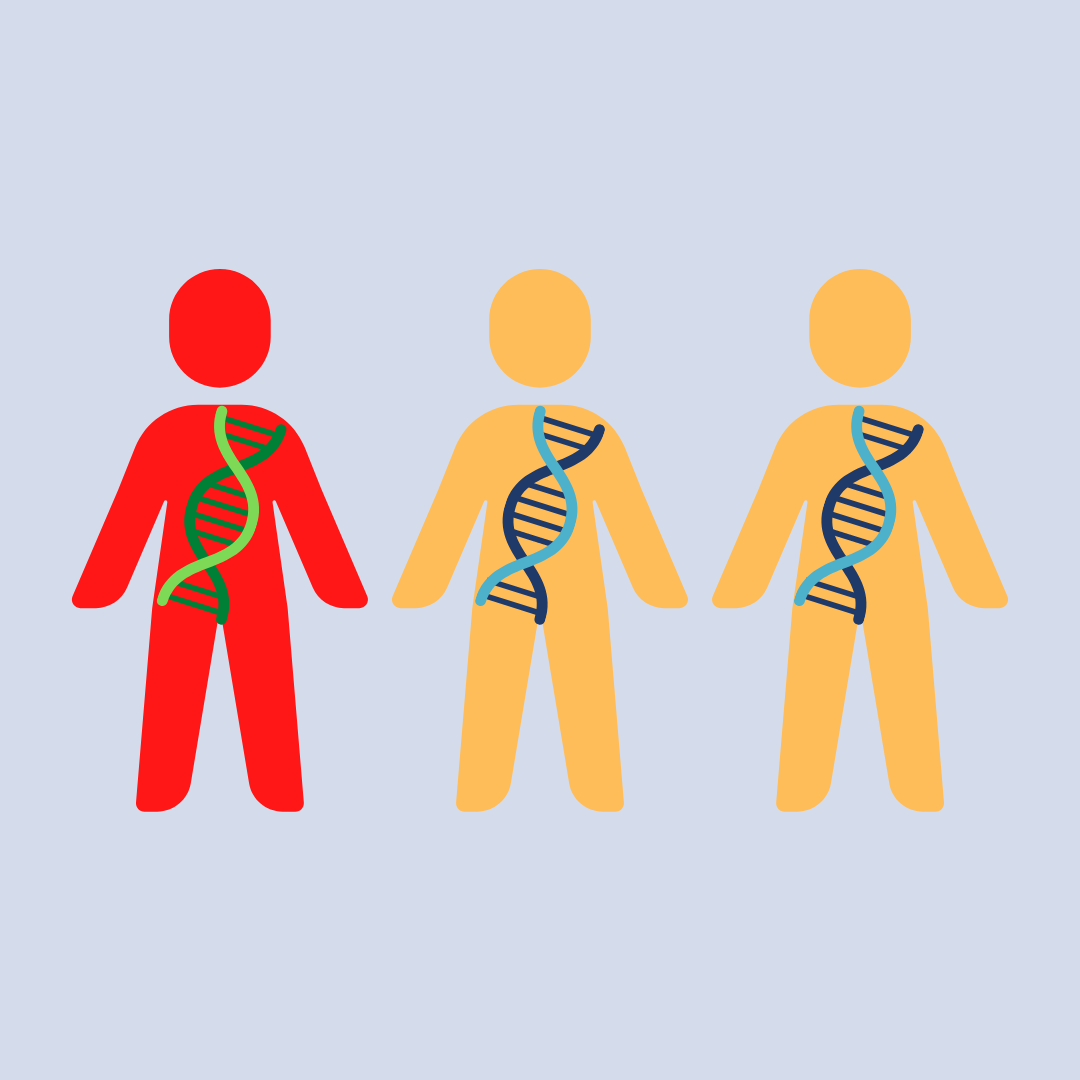CGS-authored

Eugenics is widely regarded as a debunked pseudoscience—developed and promoted mostly in Nazi Germany—that fell off the political radar after the horrors of the Holocaust were revealed. In fact, twentieth century eugenics represented the mainstream science of its day and was championed by prominent figures and popular movements across the political spectrum in countries around the world. Despite widespread post-war condemnation of Nazi eugenics and striking advances in scientific understanding of genetics, eugenics never disappeared.
Today, new strains of eugenic ideas and practices are appearing in surprisingly divergent ideological, policy, and technological arenas. On the right, some wield eugenics as an accusation against liberals; others promote worldviews directly imported from the eugenic playbook. In the first category, abortion opponents and politicians claim that, in the words of Supreme Court Justice Clarence Thomas, abortion is akin to “eugenic manipulation.” In the second, white supremacists are promoting the “Great Replacement Theory,” which postulates a deliberate project by liberal elites (often under Jewish guidance) to replace white populations with more Democratic-leaning and higher birth rate non-white populations.
Eugenic ideas are also re-emerging elsewhere...



